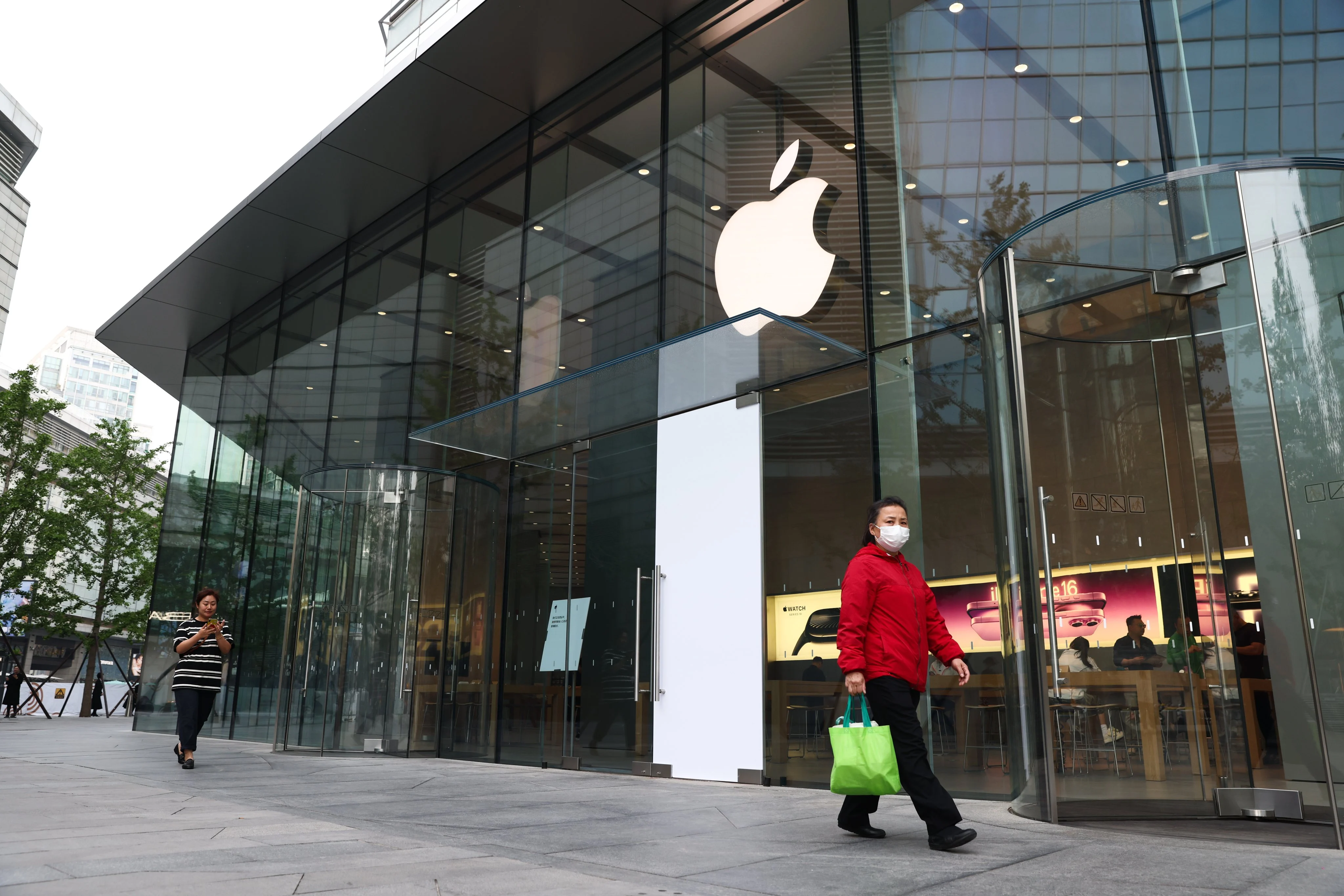By Alice Li,Kandy Wong
Copyright scmp

Apple’s launch season has arrived, an occasion once treated like a festival in China and hailed by enthusiasts as the “Spring Festival Gala of the tech world”.
Tan Hui used to be one of the devoted, closely following every iPhone launch and going all out to secure the latest model. At times, she would even fly two and a half hours from her home in Sichuan province to Hong Kong – where new models sometimes went on sale earlier than on the mainland – to ensure she was one of the first to get her hands on the latest handset.
But she has not bought a new model since the iPhone 14 three years ago and, these days, she no longer follows news about the US tech giant’s latest products.
“I used to see Apple as a pioneer and a game-changer,” the 43-year-old accountant said. “Now, the new iPhone models hardly feel different – it’s just getting dull.”
Tan represents a growing number of Chinese consumers whose enthusiasm for Apple’s products has waned, contributing to the tech giant’s sluggish sales in China in recent years.
As pressure mounts from Washington for firms to invest domestically and as multinationals consider relocating manufacturing to mitigate geopolitical risks, China’s role as a supply chain hub and revenue driver has also come under scrutiny.
Still, analysts said China would likely remain an attractive market due to its scale, advanced manufacturing capabilities and the fact US tariffs now extend to nearly all major economies, leaving few genuinely competitive alternatives.
“Apple gets close to 20 per cent of its revenues from China, so it’s not a market you can turn your back on if you want to continue to grow your business,” said Allan von Mehren, chief analyst and China economist at Danske Bank in Denmark.
“A similar case can be made for many multinational corporations. China is simply too big a market not to prioritise, and they are already heavily invested in it. So even if you aim to diversify, there are no other markets that fill the place of China.”
Apple officially began selling the iPhone in mainland China in late 2009, with sales surging 351.2 per cent year-on-year in 2011. The country has since ranked among the company’s top three markets.
In recent years, however, Apple’s sales growth in China has slowed – particularly for its flagship product, the iPhone.
In 2024, iPhone shipments to China accounted for 19 per cent of the global total, down from 24 per cent the year before, according to Canalys. That pushed China to fourth place among Apple’s markets, compared with second in 2023.
That decline continued through the first quarter of 2025 before rebounding in the second quarter, when China’s market share rose to 20 per cent, making it Apple’s third-largest market after North America and the rest of the Asia-Pacific.
But facing fierce local competition from Huawei Technologies, Xiaomi and Vivo, Apple’s share of China’s smartphone market was only fifth in the second quarter, accounting for 15 per cent of total shipments, Canalys data showed.
The rise of Chinese-made consumer goods has forced foreign companies to adapt to local tastes and brand values, said Kent Kedl, managing partner at the consulting firm Blue Ocean Advisors in Shanghai.
“When they first came in decades ago, they brought their home-grown products to China and found a market simply because they were ‘Western’ and ‘different’. That brand value started to fade 15 years ago,” Kedl said.
In contrast, Apple’s sales in neighbouring India have boomed, hitting a record of nearly US$9 billion in the world’s most populous country during the last financial year.
India has also absorbed some of Apple’s production that has moved out of China since the Covid-19 pandemic, when Beijing’s strict quarantine policies added uncertainty to manufacturing.
Smartphones have been exempt from US tariff hikes this year. But amid US-China trade tensions and mounting pressure from the Trump administration, Apple appears to be accelerating efforts to reduce its dependence on China.
By the first quarter of 2025, about 80 per cent of iPhones shipped to the US were manufactured in India, according to estimates by International Data Corporation.
The question of finding the ‘next China’ is once again becoming a topic of intense discussion. But where, exactly, is it?
Montufar-Helu, Ankura Consulting’s GreenPoint Business
Beyond India and Southeast Asia, Apple is also expected to move some production to the US. In August, it pledged US$600 billion over the next four years while launching its new “American Manufacturing Program” to bring more of its supply chain back home.
Exposure to export controls meant tech firms have typically been quicker to cut risks, unlike consumer brands like Lululemon and Nike, which remain deeply reliant on China’s ecosystem and vast market, said Liang Ding, an economist and strategist at the independent research company Macro Hive in London.
Still, Chinese companies could retain their dominance in Apple’s supply chain through their specialised expertise.
“Reduced geographic reliance doesn’t necessarily mean less dependency on the supply chain for US companies, as Chinese firms move final assembly to Asean countries and Latin America,” Liang said.
“Chinese companies are still expected to retain control over knowledge.”
Even before Apple products went on sale in China, Chinese factories had been assembling them. The pioneering electronics maker partnered with Foxconn in 2001 to manufacture iPods, followed by iMacs and then iPhones.
Fuelled by Apple’s huge demand, China also became home to leading component makers, including cover-glass supplier Lens Technology, top display maker BOE, and Shenzhen-based assembler Luxshare Precision.
Potential alternatives for supply chain relocation, like Vietnam and India, are now facing their own steep US tariffs
Alfredo Montufar-Helu, GreenPoint Business
Rolf Langhammer, a professor at the Kiel Institute for the World Economy, said cooperation with multinationals would persist even if Chinese companies themselves were to relocate.
“US companies will follow Chinese companies wherever they produce and continue business links outside China, perhaps also to circumvent US export restrictions,” he said.
And with Trump’s tariffs now extending beyond China to dozens of trade partners, including India, companies have fewer alternatives, said Alfredo Montufar-Helu, managing director at Ankura Consulting’s GreenPoint Business.
“The question of finding the ‘next China’ is once again becoming a topic of intense discussion. But where, exactly, is it?” he said.
“The fact is that every major economy is facing its own structural headwinds and geopolitical volatility. Potential alternatives for supply chain relocation, like Vietnam and India, are now facing their own steep US tariffs.
“In a world of slowing global growth and rising geopolitical uncertainty, China’s combination of market scale, a sophisticated industrial ecosystem, and growing innovation capabilities still presents a relatively attractive and strategic opportunity.”



